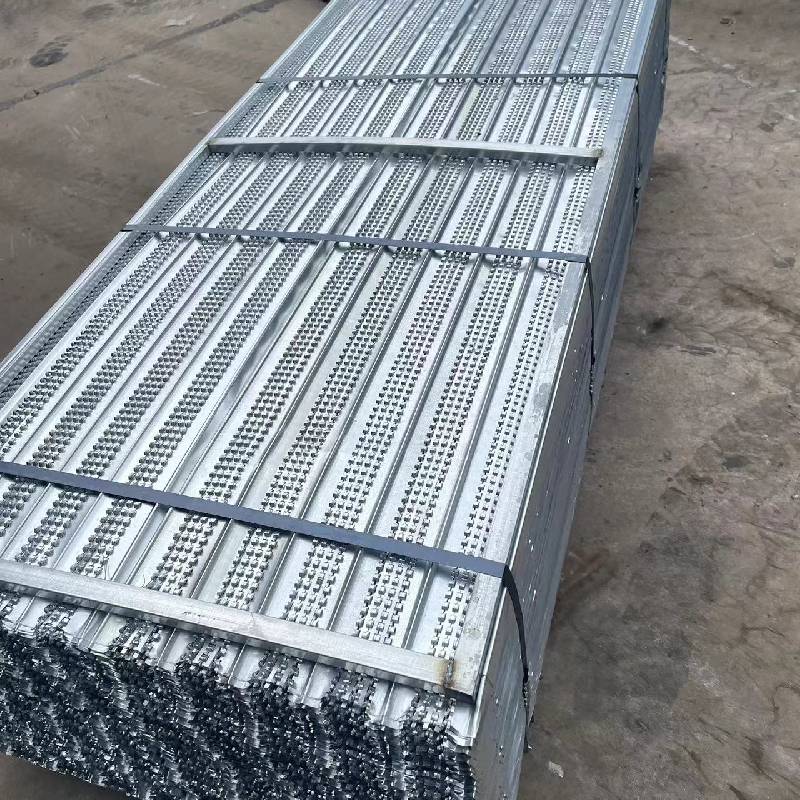
- Mobile Phone
- +8613931874955
- sales@cntcmetal.com
square wire springs
Understanding Square Wire Springs Design, Applications, and Benefits
Square wire springs are a unique category of springs that utilize square-shaped wire instead of the conventional round wire. This design choice offers several advantages and specific applications that make square wire springs an excellent option in various engineering fields.
Design and Construction
The construction of square wire springs involves the use of square wire material, which provides a larger surface area compared to round wire. This characteristic leads to enhanced load-bearing capacity and improved fatigue life. Engineers create these springs through processes such as coiling, winding, and sometimes forming, ensuring that the desired dimensions and specifications are met. Moreover, the square profile can contribute to a higher level of torsional rigidity compared to round wire, which is particularly beneficial in applications requiring durability and stability.
Applications
Square wire springs are utilized across various industries, including automotive, aerospace, industrial machinery, and consumer goods. In automotive applications, they can be found in suspensions, ensuring a smooth ride by absorbing shocks and impacts. In the aerospace sector, square wire springs may be employed in critical components where reliability and strength are paramount.
square wire springs

Moreover, these springs are commonly used in industrial machinery, providing precise force control and supporting dynamic applications. For instance, they can be found in conveyor systems, packaging machines, and other automated equipment. The square wire design allows for a more effective compression and extension, making it suitable for high-tension scenarios.
Benefits of Square Wire Springs
One of the primary benefits of square wire springs is their ability to maintain their form and performance under varying loads and environmental conditions. The increased contact area of the square wire enhances friction resistance, which translates to longer service life and reduced chances of wear and tear. This characteristic is particularly advantageous in applications involving repetitive motion or high-frequency use.
Additionally, the square wire configuration allows for better space optimization. Engineers can design compact spring assemblies that fit into tighter spaces while still delivering robust performance. This aspect of square wire springs can be especially beneficial in the design of modern machinery where space is at a premium.
Conclusion
In summary, square wire springs represent an innovative advancement in spring design, combining strength, durability, and adaptability. Their unique properties make them suitable for a wide range of applications across various industries, contributing to improved operational efficiency and longevity. As technology continues to evolve, the significance of such specialized components will undoubtedly grow, underscoring the importance of exploring new materials and designs in engineering solutions.
share:
-
Wall Ties for Concrete: Invisible Guardians of Building Structural StabilityNewsAug.08,2025
-
Timber Frame Wall Ties: Stable Bonds for Load TransmissionNewsAug.08,2025
-
Stainless Steel Woven Wire Mesh: A versatile material from boundary protection to functional supportNewsAug.08,2025
-
Powder Coat Coil Springs: Creating peace of mind and reliability with sturdy protectionNewsAug.08,2025
-
Floor Standing Sign Holder: A Powerful Assistant for Flexible DisplayNewsAug.08,2025
-
Binding Iron Wire: An Invisible Bond for Building StabilityNewsAug.08,2025
-
Yard Sign Stakes: Reliable Guardians of Outdoor SignsNewsAug.04,2025



















